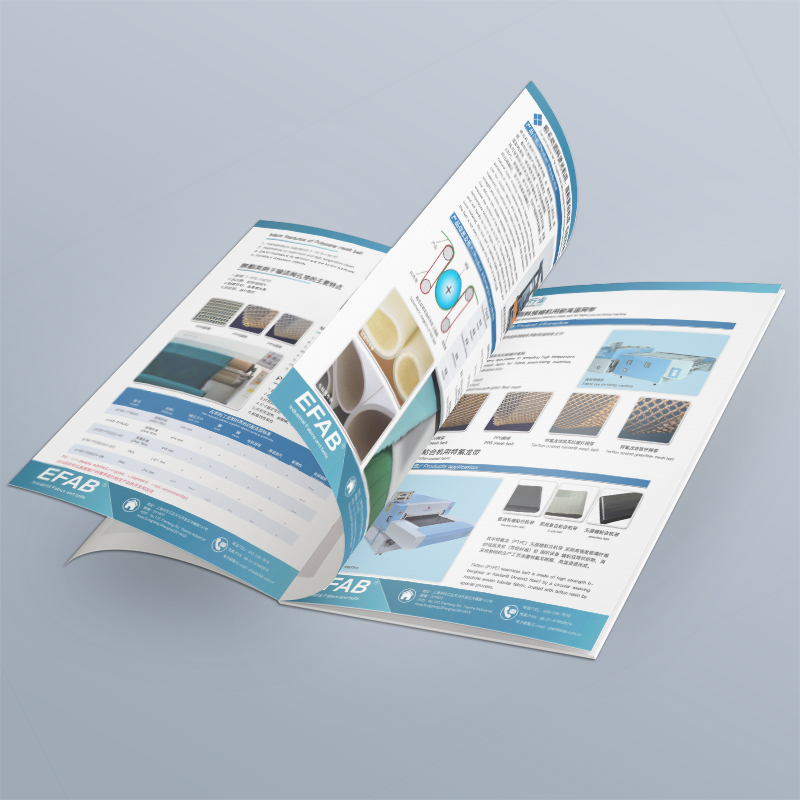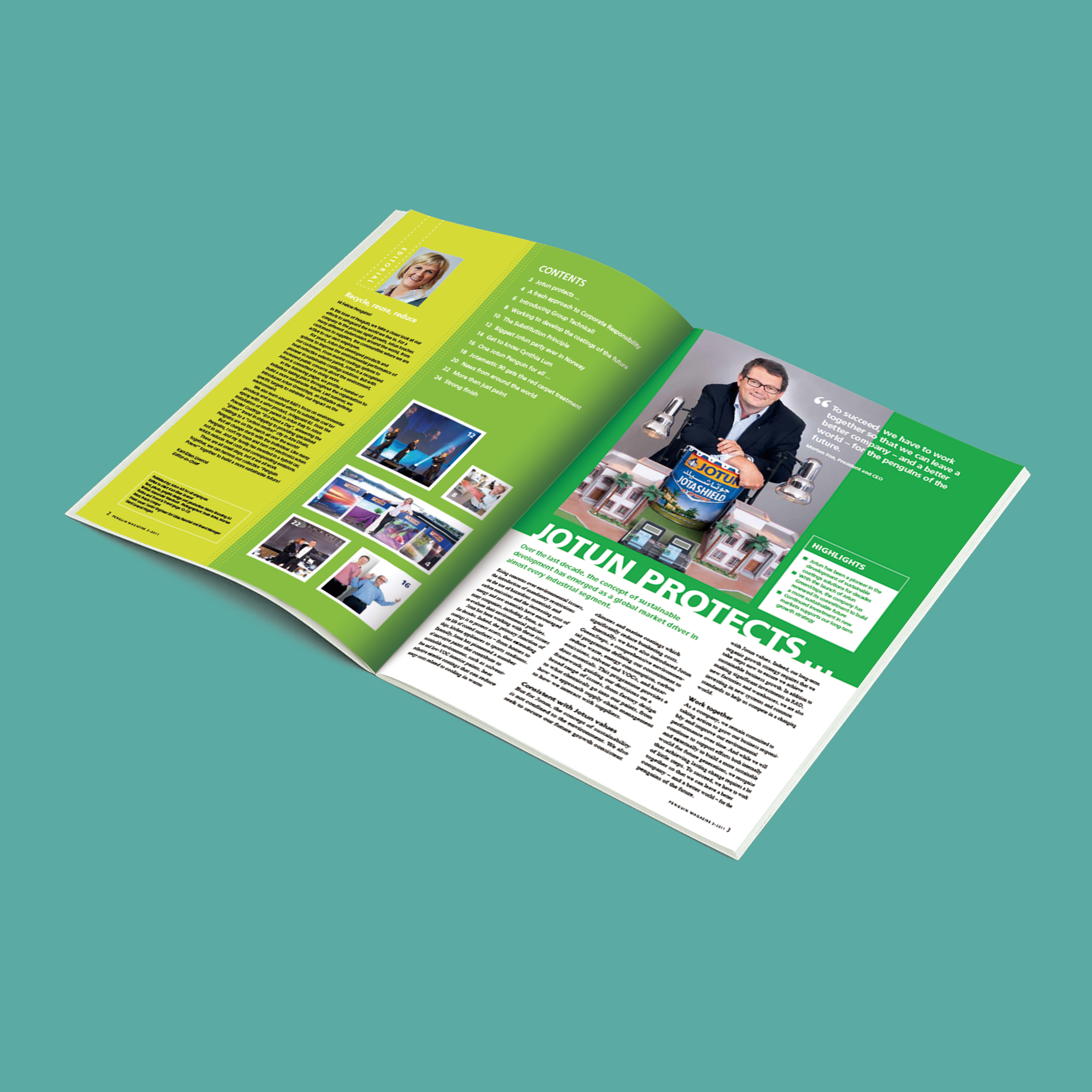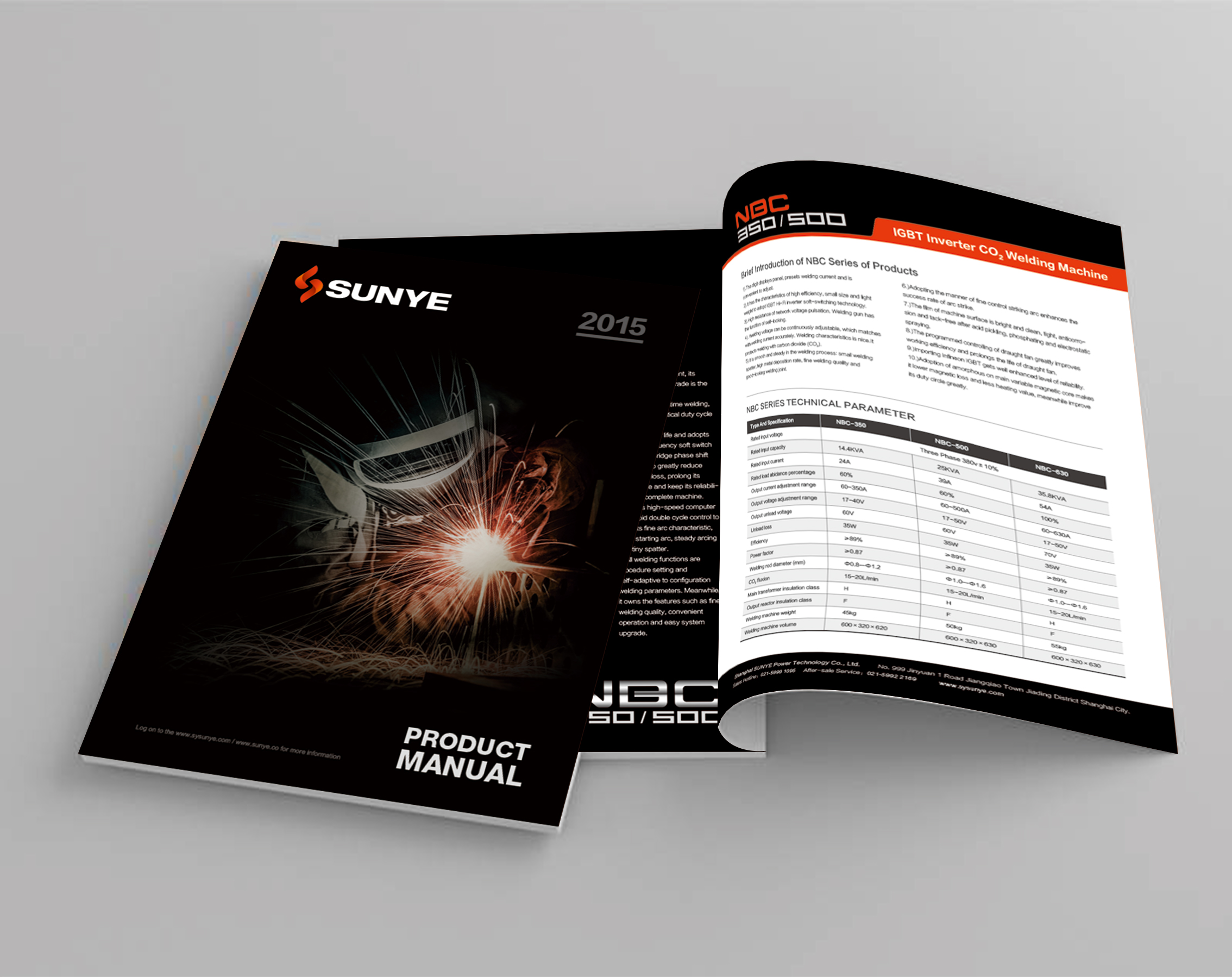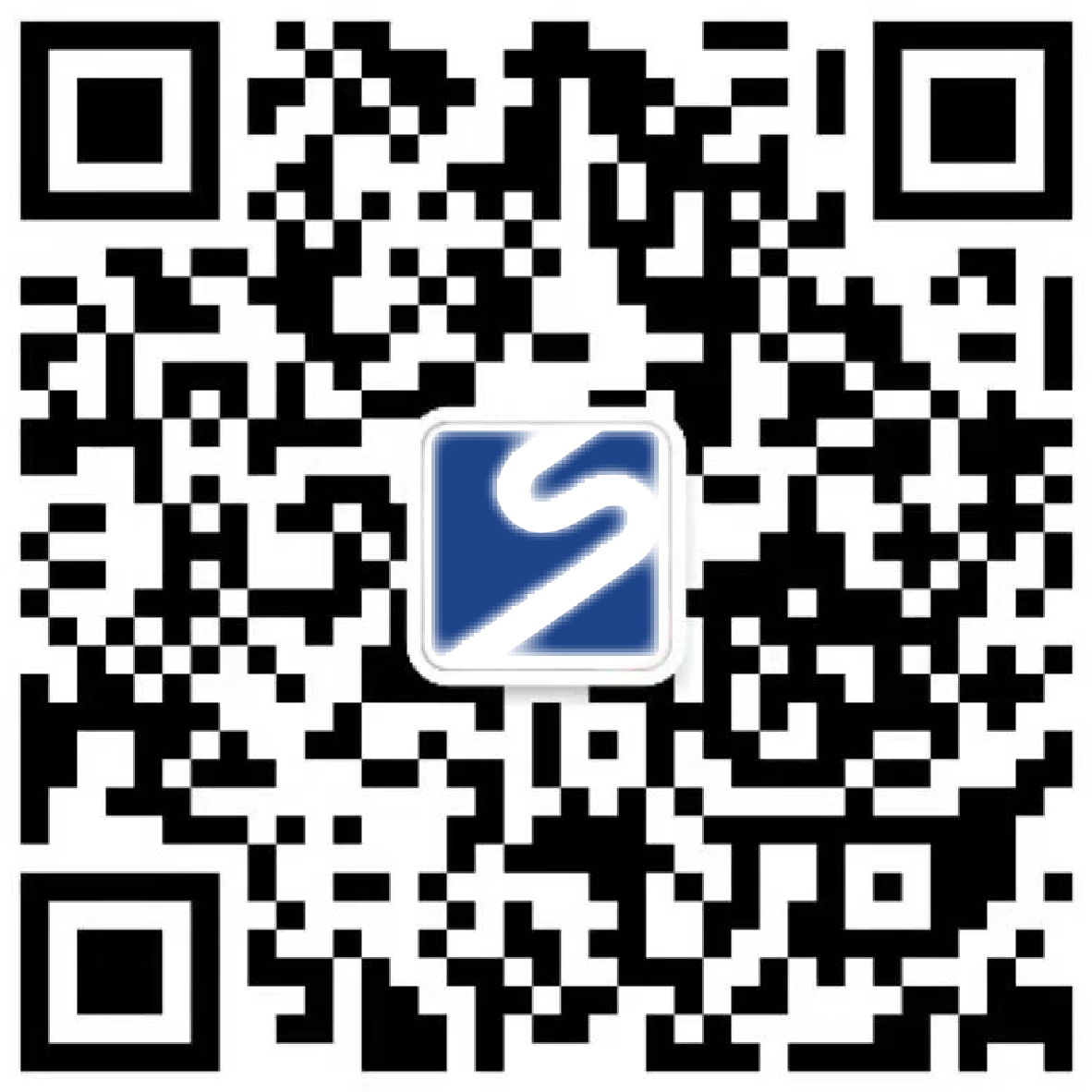Catalog Three-level Indexing Method: Catalog Design of Technical Parameters Locating in 30 Seconds
Xiaobian broken thoughts: Have you ever experienced such a crazy moment? The new project urgently needs a key parameter. Faced with a thick product catalog, I can't find the damn voltage range over and over again! Or, when the customer consults online, you clearly remember that there are detailed instructions in the catalog, but you just can't remember which corner of the page... As time goes by, opportunities and patience are draining. Don't worry, today let's talk about how to change your catalog from "information maze" to "precise navigation", lock key parameters in 30 seconds, and make customers and sales shout "it's so cool"!

Pain point direct hit: Catalog is not a decoration, efficiency is king
Imagine this: an engineer is selecting a model for an urgent project, opening your official website or electronic catalog, and the goal is clear-to find the transmission rate of a certain interface. If he goes around the catalog for five minutes without any result, there is a high probability that he will directly close the page and throw himself into the arms of competitors. Or, your sales colleague is communicating with a potential customer on the phone, and the customer casually asks a technical detail, but the sales can't quickly locate and respond in the catalog, and the professional image is instantly discounted.
This is the biggest pitfall of traditional catalog design: information inundation and inefficiency! Customers can't find what they want, and it's hard to sell. No matter how exquisite the design or detailed the content is, it becomes an invalid investment. A truly efficient catalog must make the core information as clearly visible and easily accessible as the goods on supermarket shelves.

A powerful weapon to break the game: three-level catalog indexing method, accurate and direct access without getting lost
How to solve this dilemma? After a lot of actual combat verification, we have refined a set of core methods-"catalog three-level indexing method". It is like a progressive accurate navigation system, which allows users (whether external customers or internal sales) to quickly locate the required technical parameters and core information within 30 seconds, just like using a search engine.
First-level index: global map (product line/category navigation)
Objective: Let users see "what's here" at a glance.
Design Key:
Clear classification: Divide the first-level catalog based on the user's most natural thinking path (such as product functions, application scenarios, series models). Examples: "Industrial Controllers", "Sensor Families", "Connectivity Solutions", "Power & Protection".
Visual prominence: The first-level index is usually located in the first few pages of the catalog, or even separate pages. Use large headings, strongly contrasting color blocks, and intuitive icon combinations to create clear visual partitions.
Avoid verbosity: It is better to control the number of first-level entries at 5-8. Too many entries will lose the meaning of navigation. Ensure that each category name is accurate, easy to understand and unambiguous.
User value: Customers can instantly judge which basket their target products belong to, and avoid wasting time in irrelevant information. Sales can also quickly guide customers into related fields.
Second Level Index: Regional Navigation (Product Series/Model Navigation)
Objective: Guide users to "which exactly".
Design Key:
Refine to series/subcategories: Under the first-level category, list specific product series or core model groups. For example, under "Sensor family", "Photoelectric sensors", "Proximity switches", "Pressure transmitters", "Temperature sensors" are listed.
Information preloading: In the secondary index, key application icons and core advantage phrases (such as "high temperature type" and "IP67 protection") can be appropriately added to help users filter quickly.
Accurate page numbering: This is the core of secondary indexing! Be sure to clearly and accurately mark the starting page number in the body of the catalog next to each series/model name. Make sure the page numbers are prominent and easy to read.
User value: Engineers can quickly lock in the target product series, and sales can directly turn to the corresponding page number according to customer needs (such as "high temperature resistance"), thus improving communication efficiency linearly.
Level 3 index: accurate house number (parameter quick lookup table/core parameter page)
Goal: The ultimate goal! Let users "check" the specific parameters they need in seconds.
Design Key:
Independent parameter page: Design a special "core parameter quick check page" for each key product series or key model group. This page should be separated from the detailed product description page and presented centrally.
Tabular presentation: Use clear, concise tables. The rows are parameter names (e.g., "Operating Voltage", "Measurement Range", "Accuracy", "Interface Type") and the columns are specific models or configuration options.
Highlight key items: Bold and special background color are processed for the most frequently queried and core parameters (such as voltage, size, interface, key performance indicators) by customers to achieve "one-glance positioning".
Position fixed: Put this quick reference page immediately before the detailed description of the series/model group. When the user turns to the start page through the secondary index, the first thing he sees should be this "parameter treasure page".
Electronic catalog enhancement: If it is a PDF or web catalog, provide the anchor link of "Quick jump to core parameters of this page" above the quick lookup table or in the sidebar (such as: voltage | size | interface | protection level), click to jump directly Go to the corresponding row in the table.
User value: This is the final step to achieve "30-second positioning"! Customers or sales don't need to look for a needle in a haystack in lengthy text descriptions, just look at the table, compare models horizontally, lock parameters vertically, and the answer will appear immediately. Dramatically reduce the frustration and time wasted caused by difficulty in searching.

Practical effect: good catalog, really "silent transaction"
For an industrial automation equipment manufacturer, we applied a "three-level indexing method" to reconstruct its core product catalog:
Customer feedback: "In the past, finding parameters depended on luck, but now it depends on catalogs! The parameter quick look-up table you designed is so life-saving. You no longer have to panic through it for a long time when meeting with customers." --From its front-line sales director.
Data improvement: After updating its electronic catalog in official website, the average stay time of key product pages increased by 40%, and the conversion rate of sales inquiries from catalog pages increased by nearly 25%. Customers make it clear that a clear and efficient catalog is one of the important factors to consider when choosing suppliers, which directly affects their professional impression and decision-making efficiency.

Let your catalog become the "gold shopping guide" of official website.
Don't let your product catalog sleep in the corner of official website, or become a "heavy worry" in the sales package. A carefully designed catalog using the "three-level indexing method" is not just a pile of product information. It is a silent declaration of your brand professionalism, a super tool to improve sales efficiency, and a key part of customer experience.
When a potential customer is browsing your official website and hesitates to contact you, a catalog that allows him to find the key answer in 30 seconds is the most powerful trust endorsement. It clearly conveys: this company understands the product and what users need better. It leaves complexity to itself (work hard when designing) and simplicity and efficiency to users (super worry-free when using).
catalogueDesign is far more than typesetting and beautification, its core lies in efficient information transmission and user experience. Investing in a scientific "three-level catalog indexing method" is investing in smoother customer communication, more efficient sales process and a stronger professional brand image. Let every carefully prepared catalog become a "silent salesman" for your official website to attract customers and promote conversion, and win the choice and trust of customers with clarity and speed!



